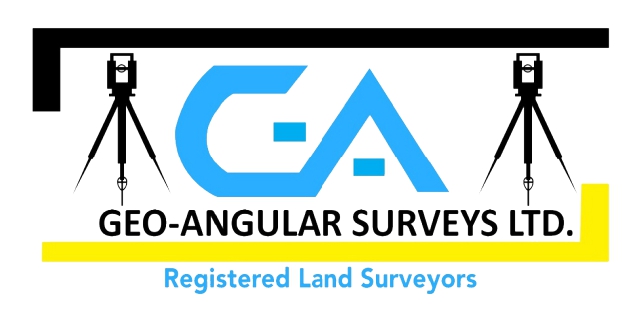HISTORY
Land surveying is the profession of determining
the terrestrial or three dimensional position of points and the distance and
angles between them. A land surveying professional is called a land surveyor. Those points are usually
on the surface of the earth and are often used to establish land maps and
boundaries for ownership, location like building corners or the surface
location of subsurface features or other purposes required by government or
civil law, such as property sales.
Basic
surveying occurred since humans built the first large structures .the
pre-historic monument at Stonehenge (2500BC) was set out by pre-historic
surveyors using peg and rope geometry. In ancient Egypt a rope stretcher would
use simple geometry to reestablish boundaries after the annual floods of the
Nile River
Abel
Foullon described a plane table in 1551 but it is thought that the instrument
was in use earlier as his description is of a development instrument.
Gunter’s
chain was introduced in 1620 by English mathematician Edmund Gunter.it enabled
plots of land to be accurately surveyed and plotted for legal and commercial
purposes.
In
18th century modern techniques and instruments of surveying began to
be used. Jesse Ramsden introduced the first precision theodolite in 1787.it was
an instrument for measuring angles in the horizontal and vertical plans.
In
the 1970s the first instrument combining angles and distance measurement
appeared becoming known as total
stations.
The
first satellite positioning system was the US Navy Transit System. The first
successful launch took place in 1960, surveyors realized that they could use
these field receivers to determine the location of a point.
The
US Air force launched the first prototype satellites of the Global Positioning
System (GPS)
That
used a larger constellation of satellites and improved signal transmission to
provide more accuracy. Recent improvement to both satellites and receivers
allow Real Time Kinematic(RTK) surveying.RTK surveys gets a high accuracy
measurement by using a fixed base station and a second roving antennae. The
position of the moving antennae can be tracked.
In the 21st century the theodolite, total stations and RTK GPS survey remain the primary methods in use.
